How much water for newly planted Arborvitae?
shelli563
16 years ago
Related Stories
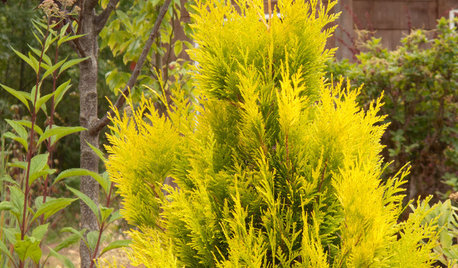
FOLIAGEGreat Design Plant: 'Forever Goldie' Arborvitae
As soft as a teddy bear, this golden conifer adds year-round interest to the garden
Full Story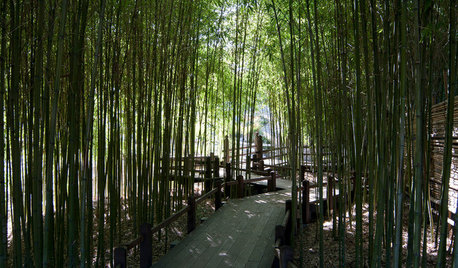
INSPIRING GARDENSStroll Through a Magnificent Japanese Garden, Newly Renovated
Get a glimpse of the Huntington's Japanese Garden today along with its storied past in a glossy new book
Full Story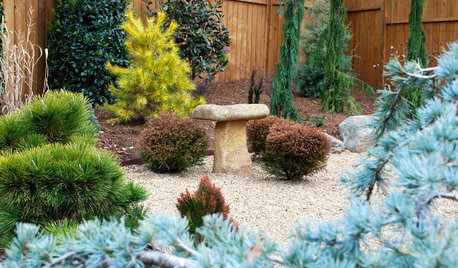
GARDENING GUIDESGreat Design Plant: Thuja Occidentalis ‘Bobozam’
Sculptural, diminutive and low maintenance, Mr. Bowling Ball arborvitae works hard in small spaces
Full Story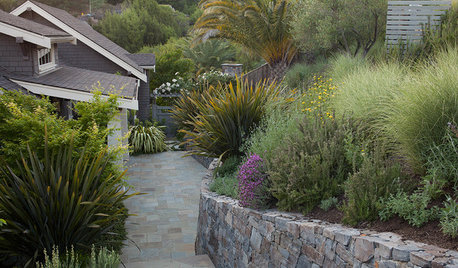
INSPIRING GARDENSSmart Plantings Grace a Hillside Garden
Fire-wise and low-water plants create a lush backdrop for bocce playing, swimming and hanging out by the fire
Full Story
LANDSCAPE DESIGNGet Along With Less Lawn — Ideas to Save Water and Effort
Ditch the mower and lower your water bill while creating a feast for the eyes with diverse plantings and gathering places
Full Story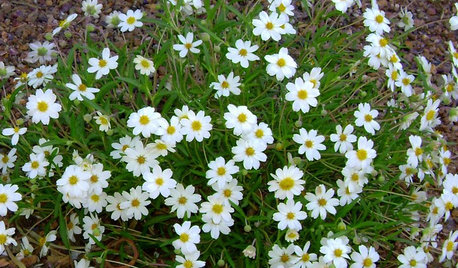
GROUND COVERSGreat Design Plant: Blackfoot Daisy for Prettier Dry Ground
Don’t let its delicate looks fool you. This ground cover can survive extreme cold and heat, and with little water to boot
Full Story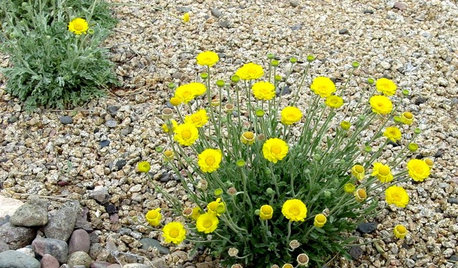
GARDENING GUIDESGreat Design Plant: Desert Marigold Cheers Up Hot, Dry Areas
Sunny but tough, this perennial thrives with little water and lots of sun
Full Story
LANDSCAPE DESIGNThe 7 Best Plant Types for Creating Privacy and How to Use Them
Follow these tips for using different kinds of plants as living privacy screens
Full Story
GARDENING GUIDESGreat Garden Combo: 3 Wonderful Plants for a Deer-Resistant Screen
Protect your privacy and keep deer at bay with a planting trio that turns a problem garden area into a highlight
Full Story
GARDENING GUIDESEssential Watering Tips for Your Edible Garden
To give your edible plants just what they need, check out these guidelines for how, when and how much to water
Full Story





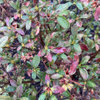
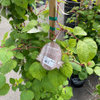
Dibbit
shelli563Original Author
Related Professionals
Rossville Landscape Architects & Landscape Designers · Garden City Landscape Architects & Landscape Designers · Alamo Landscape Contractors · Andover Landscape Contractors · Corona Landscape Contractors · Fair Oaks Landscape Contractors · Royal Oak Landscape Contractors · Vineyard Landscape Contractors · Savannah Window Contractors · Manville Window Contractors · Wixom Window Contractors · Conroe Decks, Patios & Outdoor Enclosures · Framingham Decks, Patios & Outdoor Enclosures · Los Alamitos Decks, Patios & Outdoor Enclosures · West Bloomfield Township Decks, Patios & Outdoor Enclosuresshelli563Original Author
Dibbit